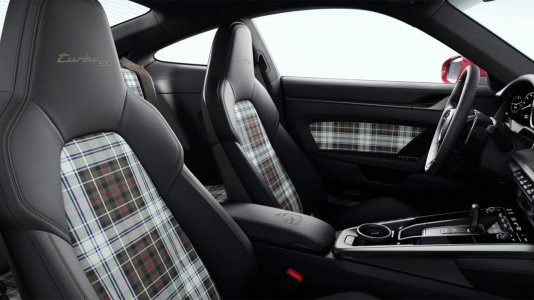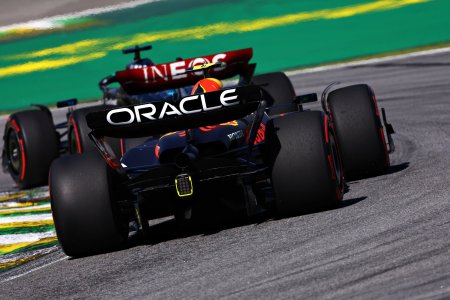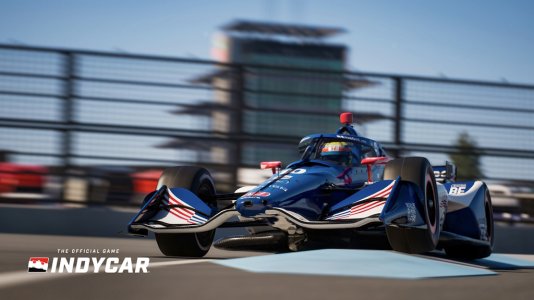I didn't understand this inverstigation in the first place. In both cases (FI & RB) it was a crystal clear unsafe release which has nearly always resulted in a drive through during the race. Why not here? It had certainly nothing to do with the stewards haveing to deal with several other inverstigations.
Then I also don't understand why FI gets to pay 5,000 and RB 30,000. I understand that Webber's wheel injured the cameraman but it's the same delict in both cases. Did other teams who failed to fasten a wheel properly get the same fines in the past?
If the Torro Rosso didn't break they both would collide and they could spin in a waiting crew and injure someone.
In my opinion both caes should be treated the same. To prevent such incidents maybe the teams should be punished with a certain points loss. That way they maybe take 0.5 to 1s more to check if the wheel is fastend before releasing the car. The person operating the light system certainly reacted to the front jack being released rather than the mechanic at the wheel giving his ok.
What I don't understand is why the FI Incident wasn't a Drive Through Penalty like most other unsafe releases.... So inconsistent... It's not like they didn't have time to sort it out. They had over 50 laps.










